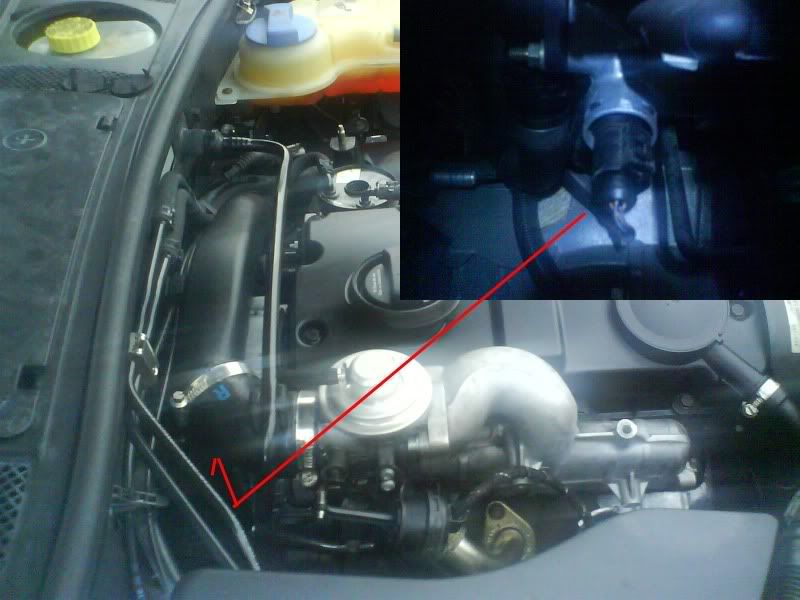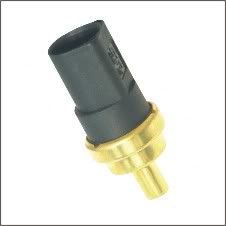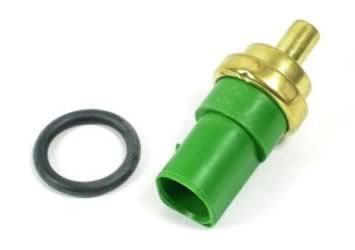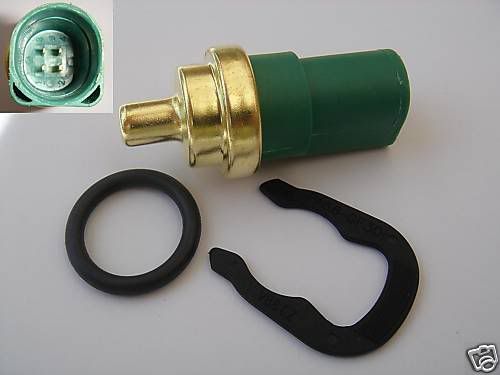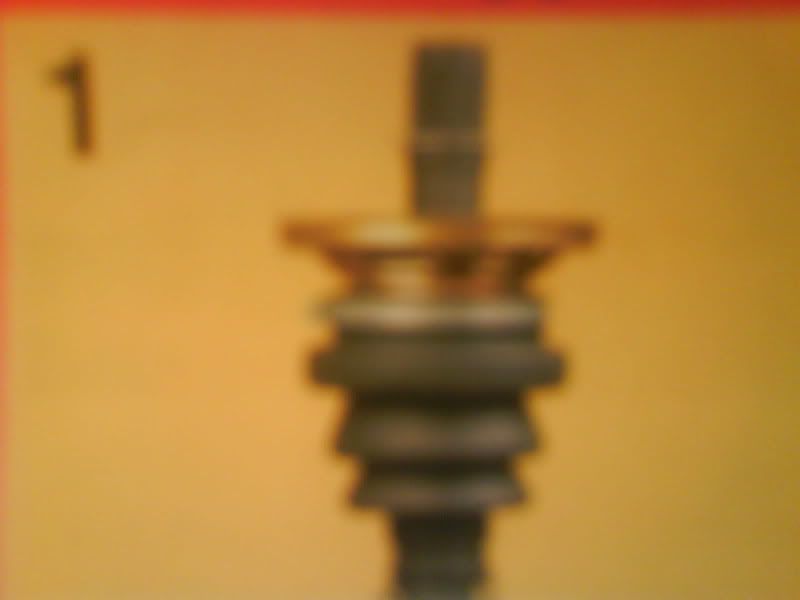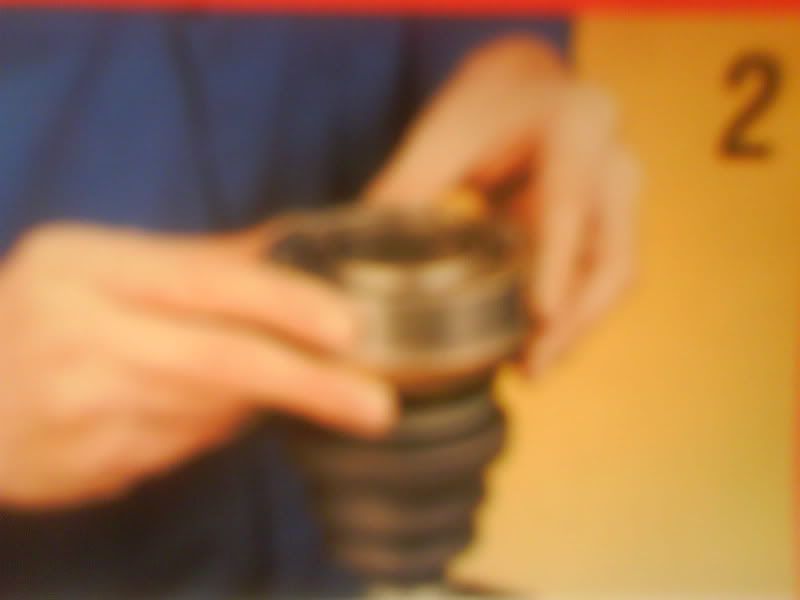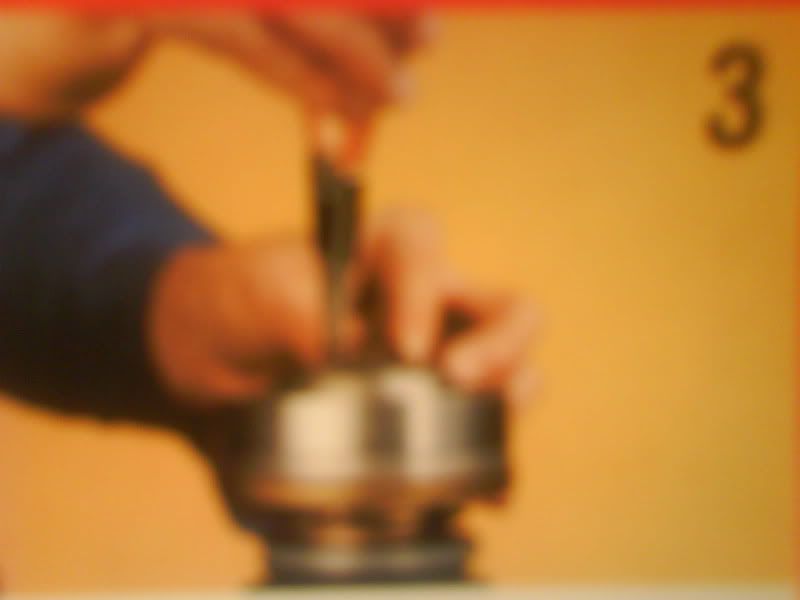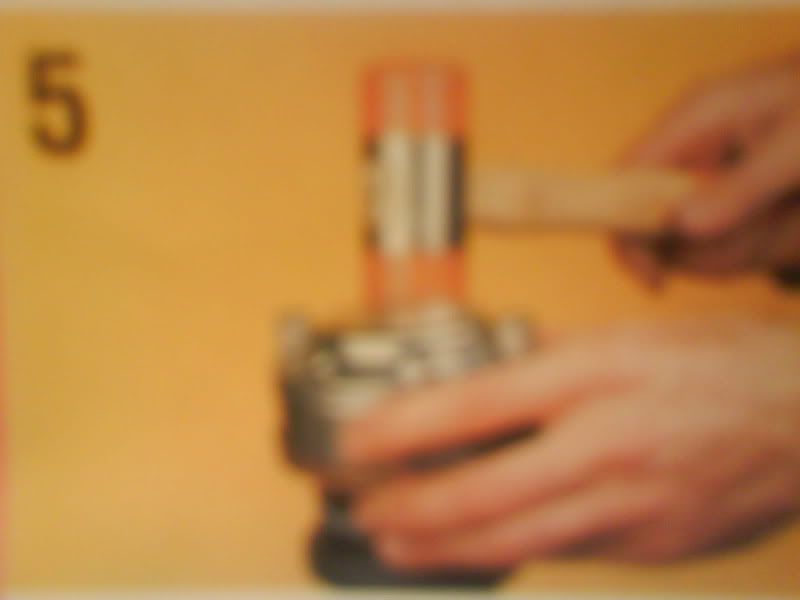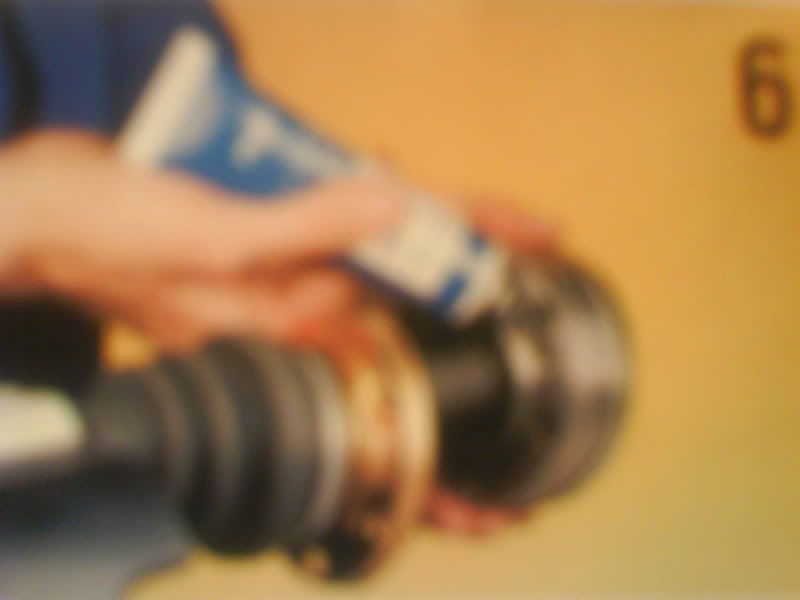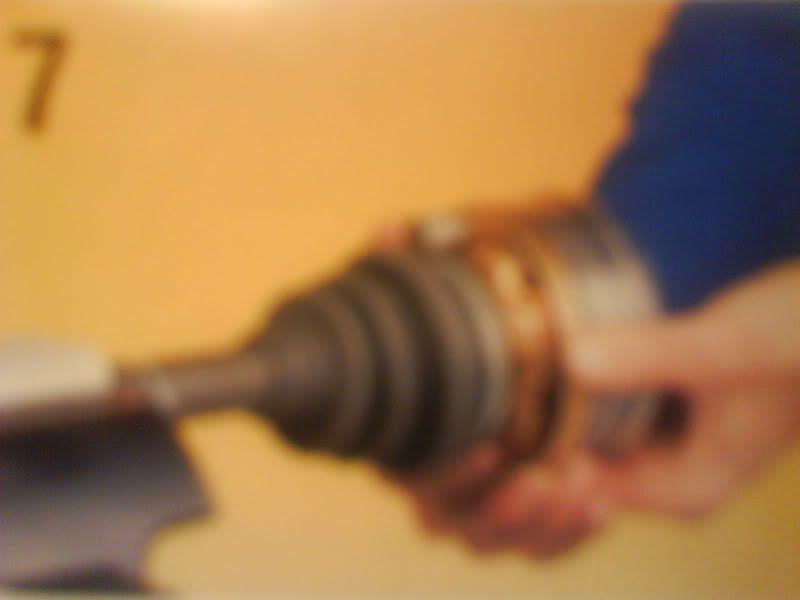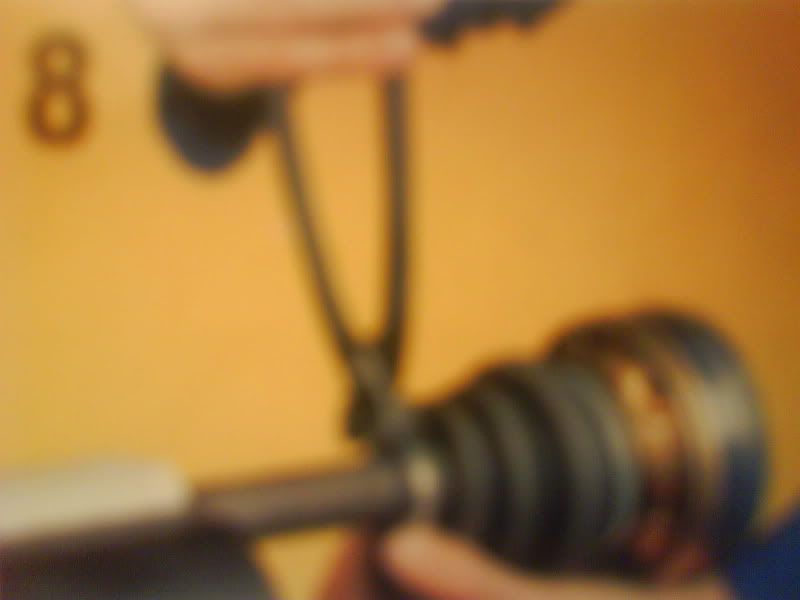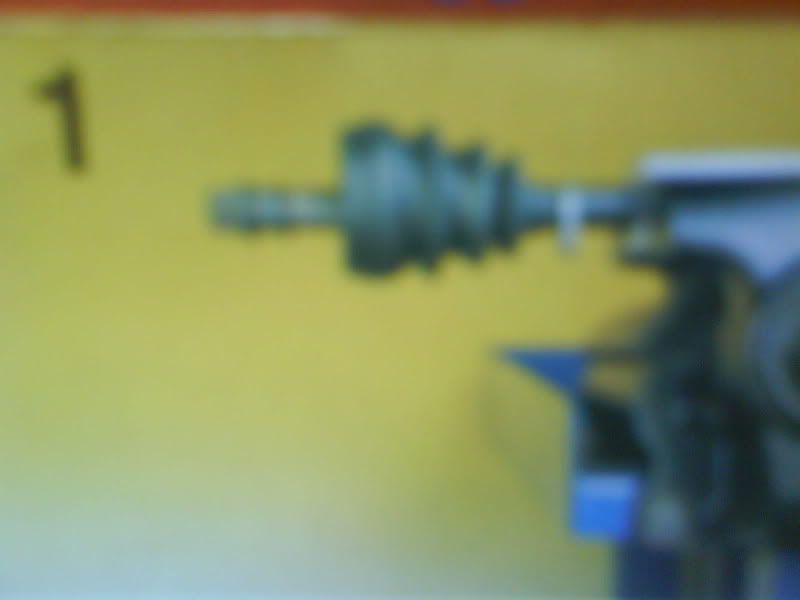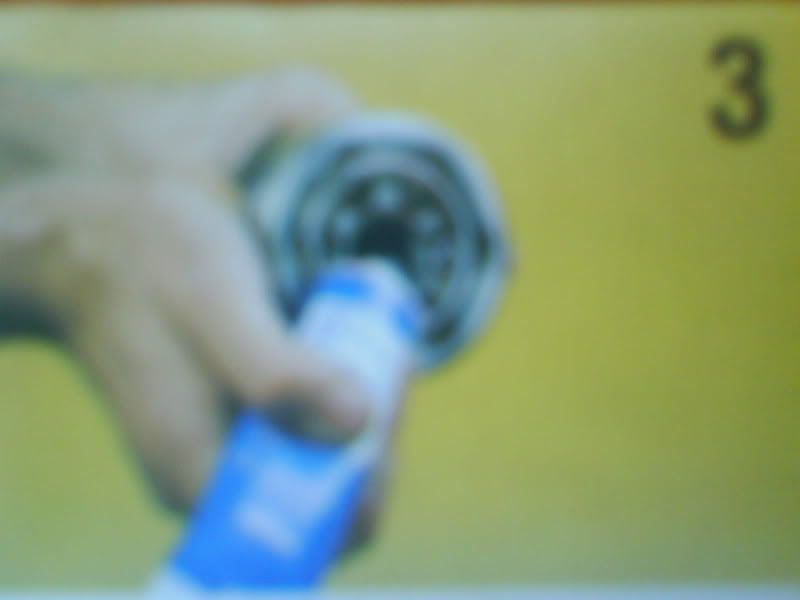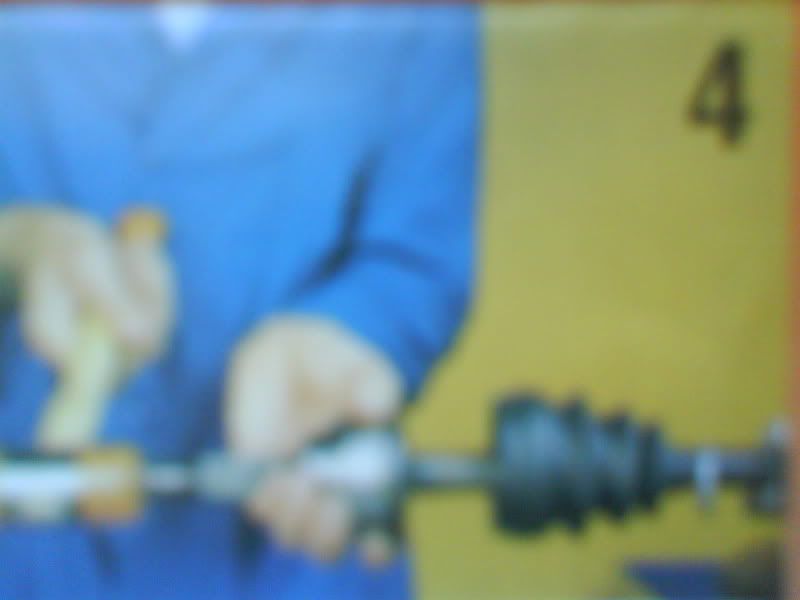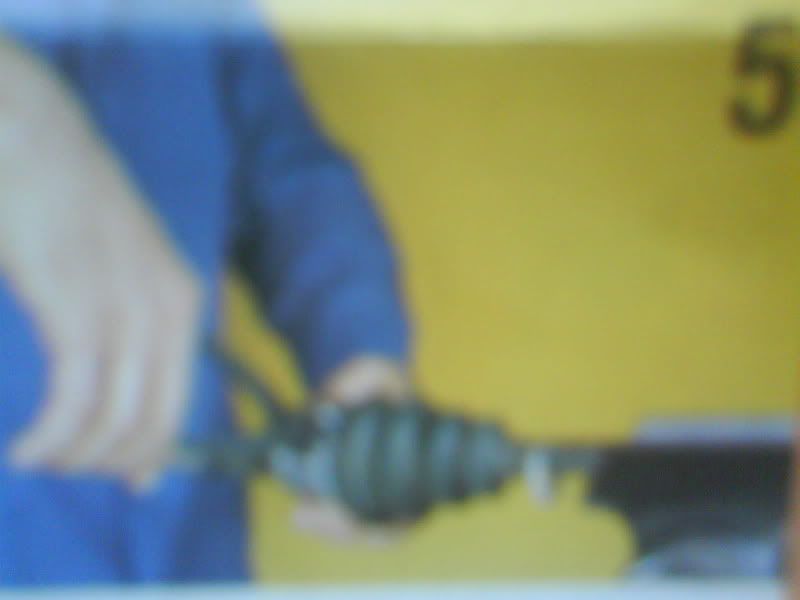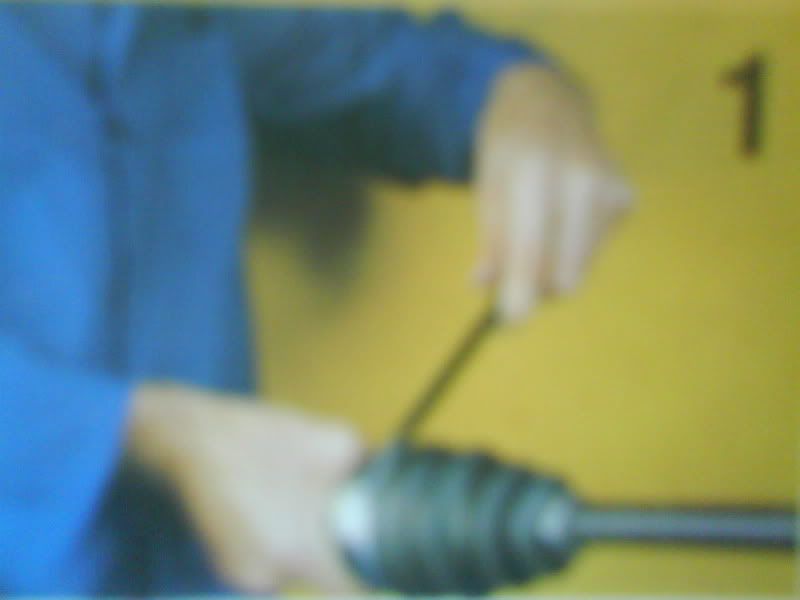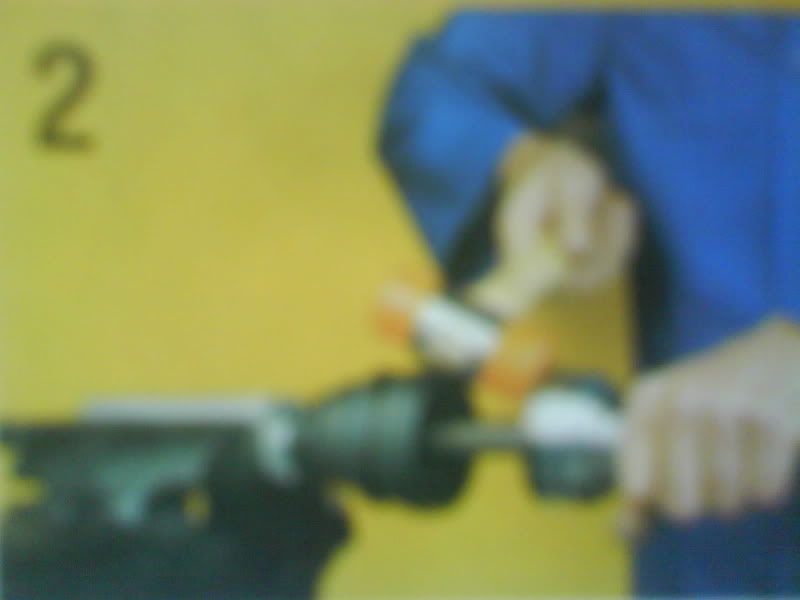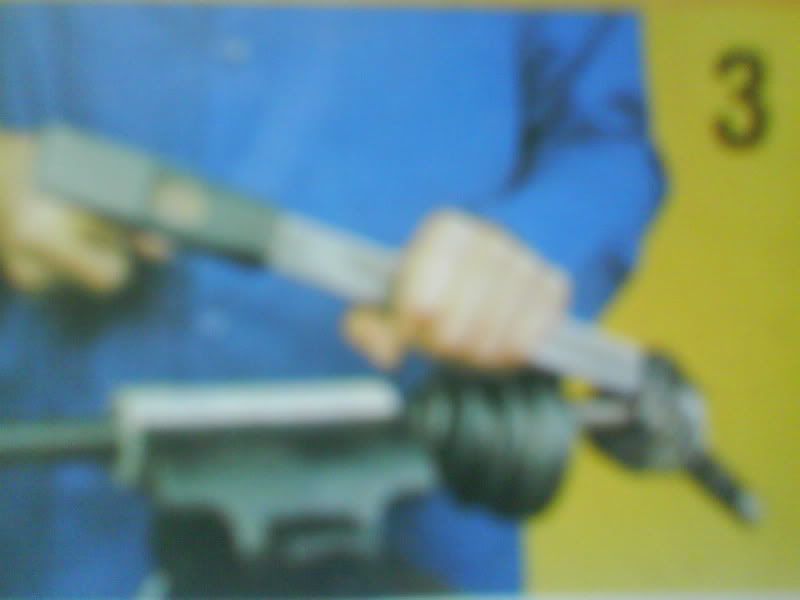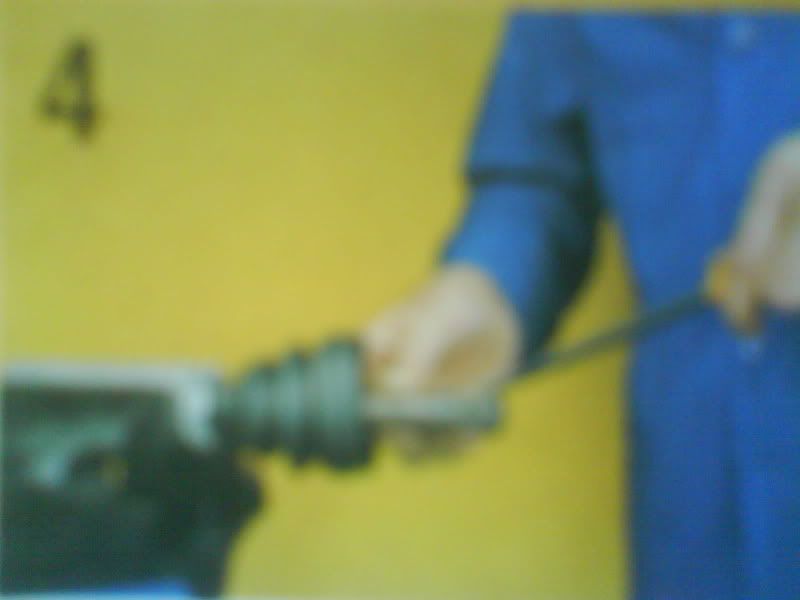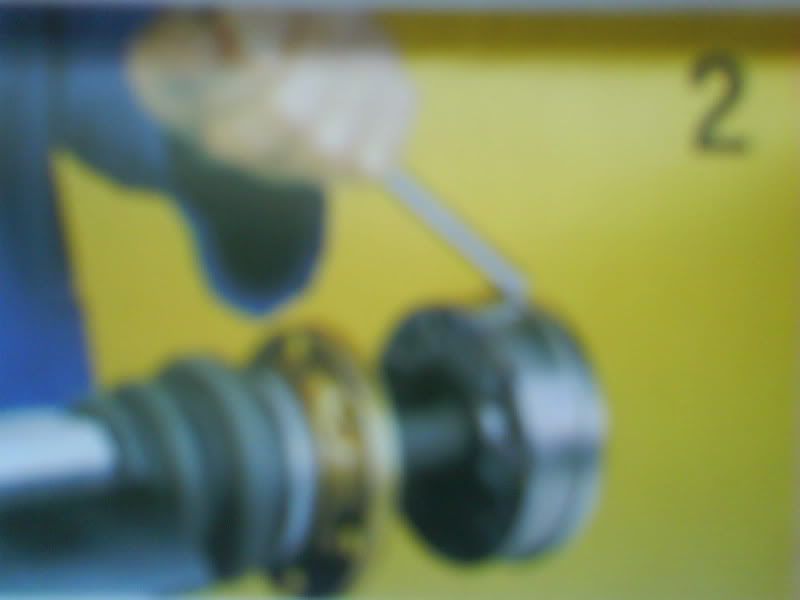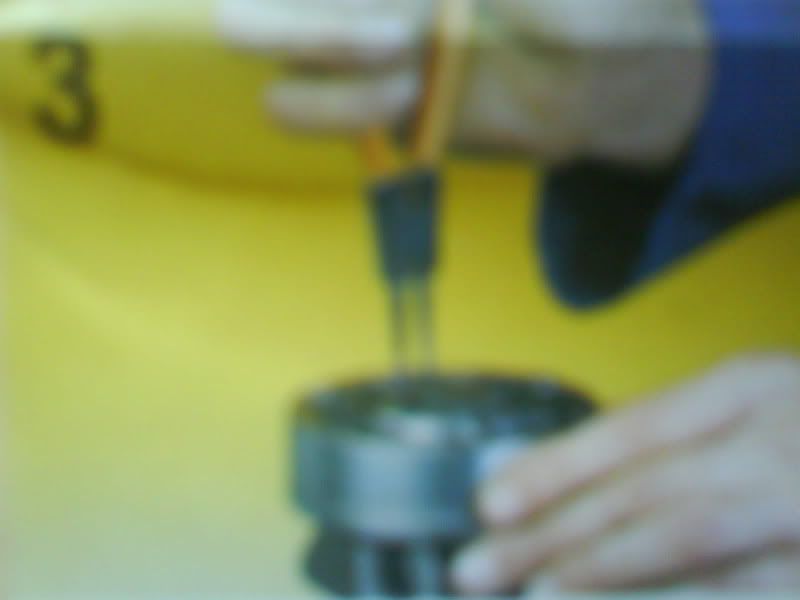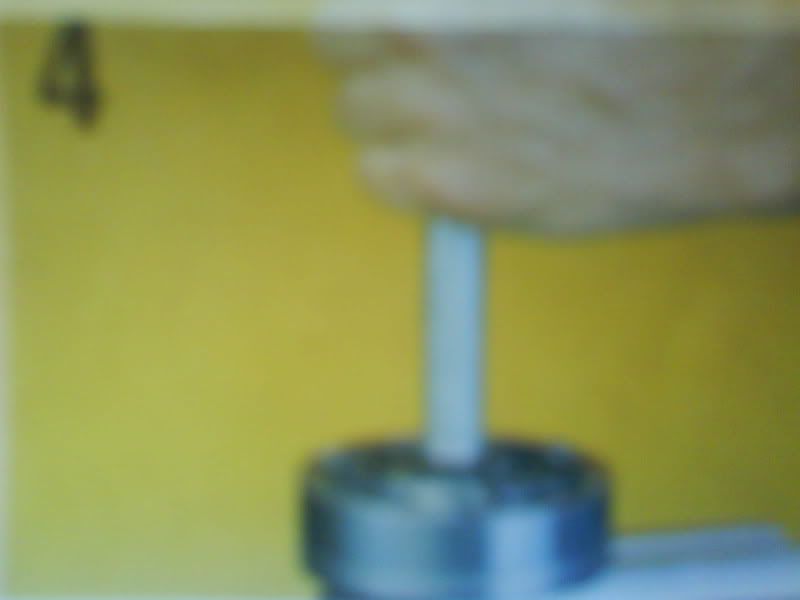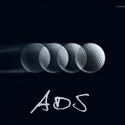Audi
- 10:42 PM - 0 comments
How to Afford a Fuel-Efficient Vehicle By Using an Auction for Cars
In a tough economy, a fuel-efficient car is a necessary way to save on rising gas costs. The main issue most people run into is that a newer fuel-efficient vehicle is often too expensive. Used cars are a great way to reduce the initial cost of a vehicle, while still providing savings on fuel. An online auction for cars can help you to locate used cars with excellent gas mileage.
Affording a fuel-efficient car is easier by purchasing models a few years older. Insurance costs are higher on the latest models, so buyers will save by purchasing a used car instead. Replacement parts are quicker to locate on vehicles that are several years old. Any significant issues will be settled on a slightly used car, since other owners have tested the model previously.
Some of the vehicles with the highest efficiency ratings are available through an auction for cars. One tip when purchasing used cars is to consider not just the fuel efficiency, but also the main purpose of the vehicle. If you are routinely carrying around groceries, you may want to consider a car with extra trunk space. If your vehicle is a daily commuter, then you can choose a smaller cylinder motor for improved gas mileage. Even a midsize car can provide an increase in fuel efficiency over a sport utility vehicle or truck, making it an ideal upgrade for the family car.
An advantage to browsing through an auction for cars is that you can be very selective when it comes to models. There are often a variety of models that will suit your requirements that can include additional upgrades. Before you look at an auction for cars, narrow down the range of vehicles with options you prefer to make a decision easier. Researching vehicle specifications online is a helpful way to be informed before making a final decision. This can give you information about standard gas mileage and common repairs necessary on specific models.
What if the vehicle requires repairs? Used car repairs generally are less expensive than the cost of a monthly car payment, so you will see savings over the life of the vehicle. Minor repairs are often necessary on used cars, but the starting price on a used vehicle is significantly less. Another benefit to choosing from used cars is greater reliability with a proven vehicle. Buyers can also take the opportunity to upgrade items, such as the tires, for better fuel efficiency while still saving money.
Affording a fuel-efficient car is easier by purchasing models a few years older. Insurance costs are higher on the latest models, so buyers will save by purchasing a used car instead. Replacement parts are quicker to locate on vehicles that are several years old. Any significant issues will be settled on a slightly used car, since other owners have tested the model previously.
Some of the vehicles with the highest efficiency ratings are available through an auction for cars. One tip when purchasing used cars is to consider not just the fuel efficiency, but also the main purpose of the vehicle. If you are routinely carrying around groceries, you may want to consider a car with extra trunk space. If your vehicle is a daily commuter, then you can choose a smaller cylinder motor for improved gas mileage. Even a midsize car can provide an increase in fuel efficiency over a sport utility vehicle or truck, making it an ideal upgrade for the family car.
An advantage to browsing through an auction for cars is that you can be very selective when it comes to models. There are often a variety of models that will suit your requirements that can include additional upgrades. Before you look at an auction for cars, narrow down the range of vehicles with options you prefer to make a decision easier. Researching vehicle specifications online is a helpful way to be informed before making a final decision. This can give you information about standard gas mileage and common repairs necessary on specific models.
What if the vehicle requires repairs? Used car repairs generally are less expensive than the cost of a monthly car payment, so you will see savings over the life of the vehicle. Minor repairs are often necessary on used cars, but the starting price on a used vehicle is significantly less. Another benefit to choosing from used cars is greater reliability with a proven vehicle. Buyers can also take the opportunity to upgrade items, such as the tires, for better fuel efficiency while still saving money.


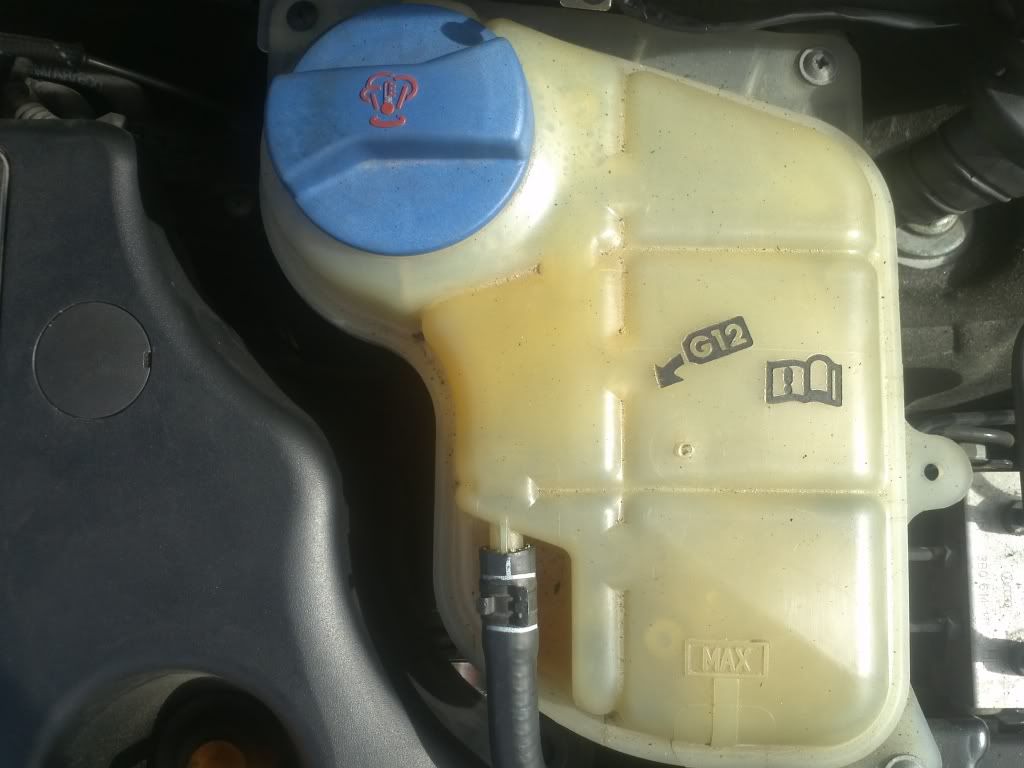
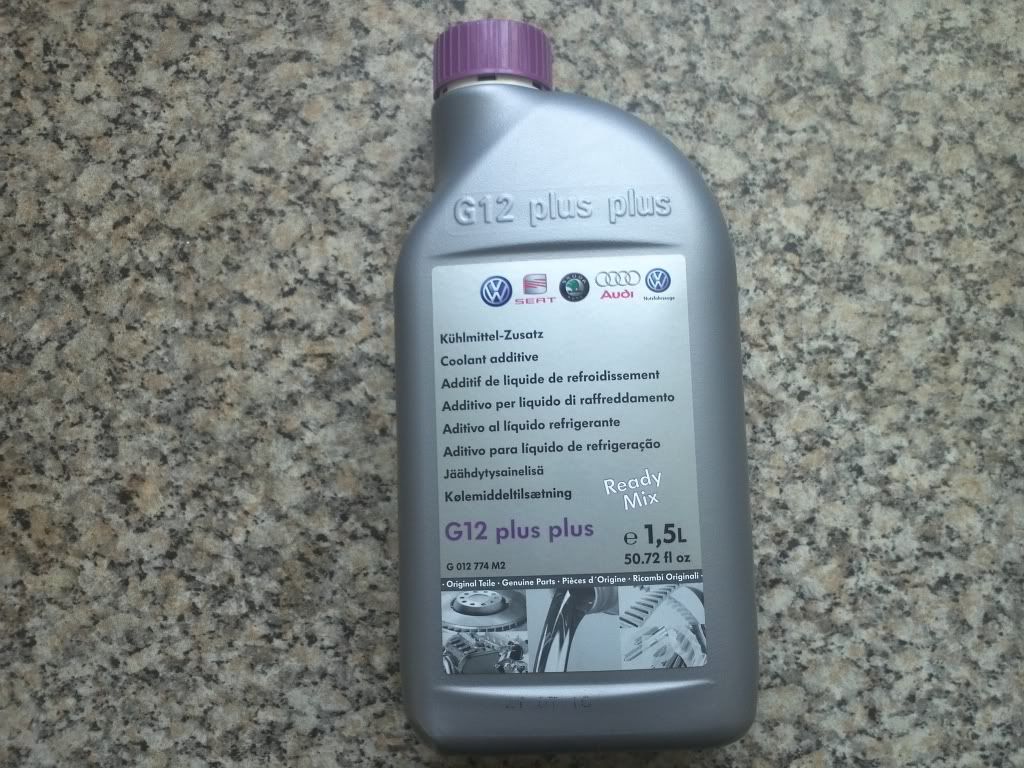
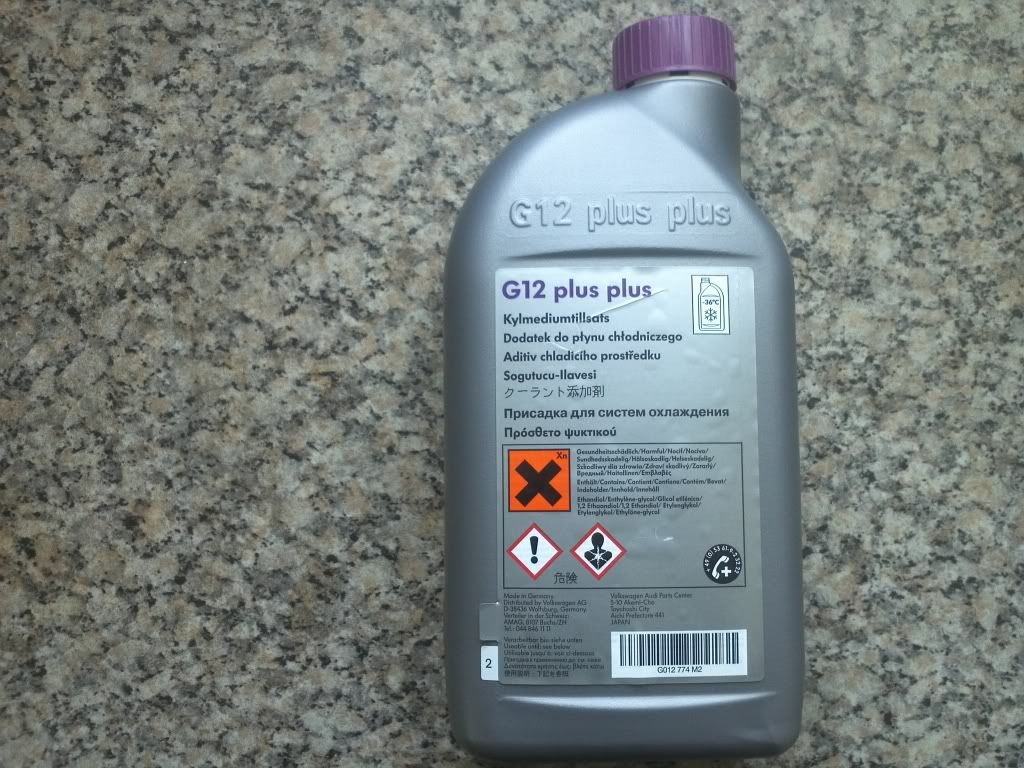
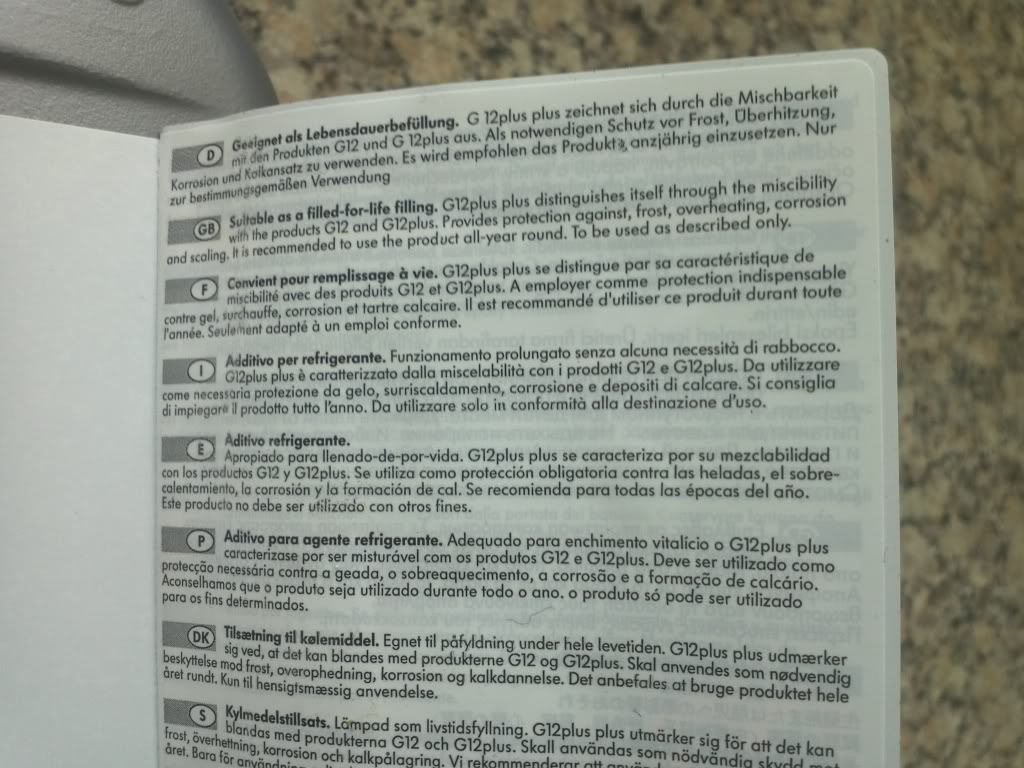
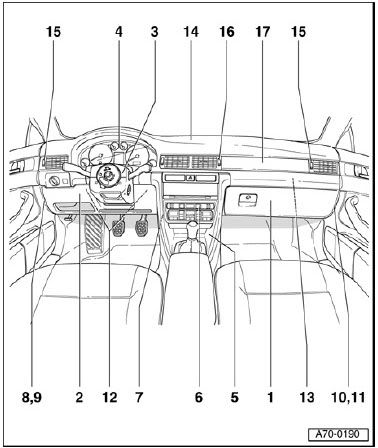
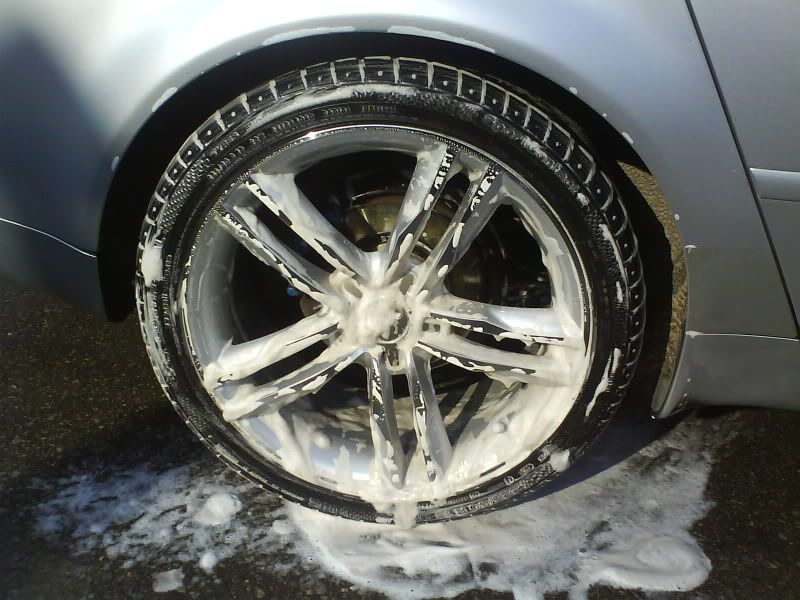
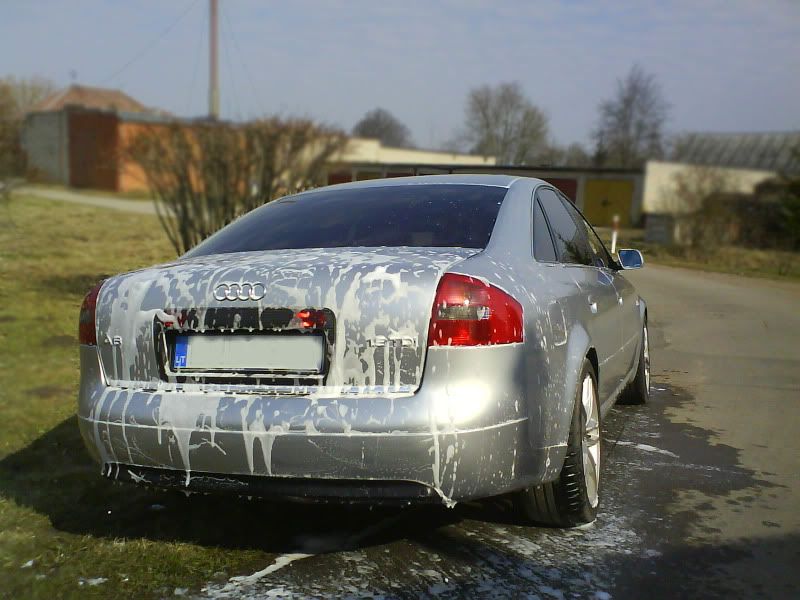
 The most important and interesting thing is to find all information about your car. To find it you can see on a sticker in the spare tire place. There you will see
The most important and interesting thing is to find all information about your car. To find it you can see on a sticker in the spare tire place. There you will see 